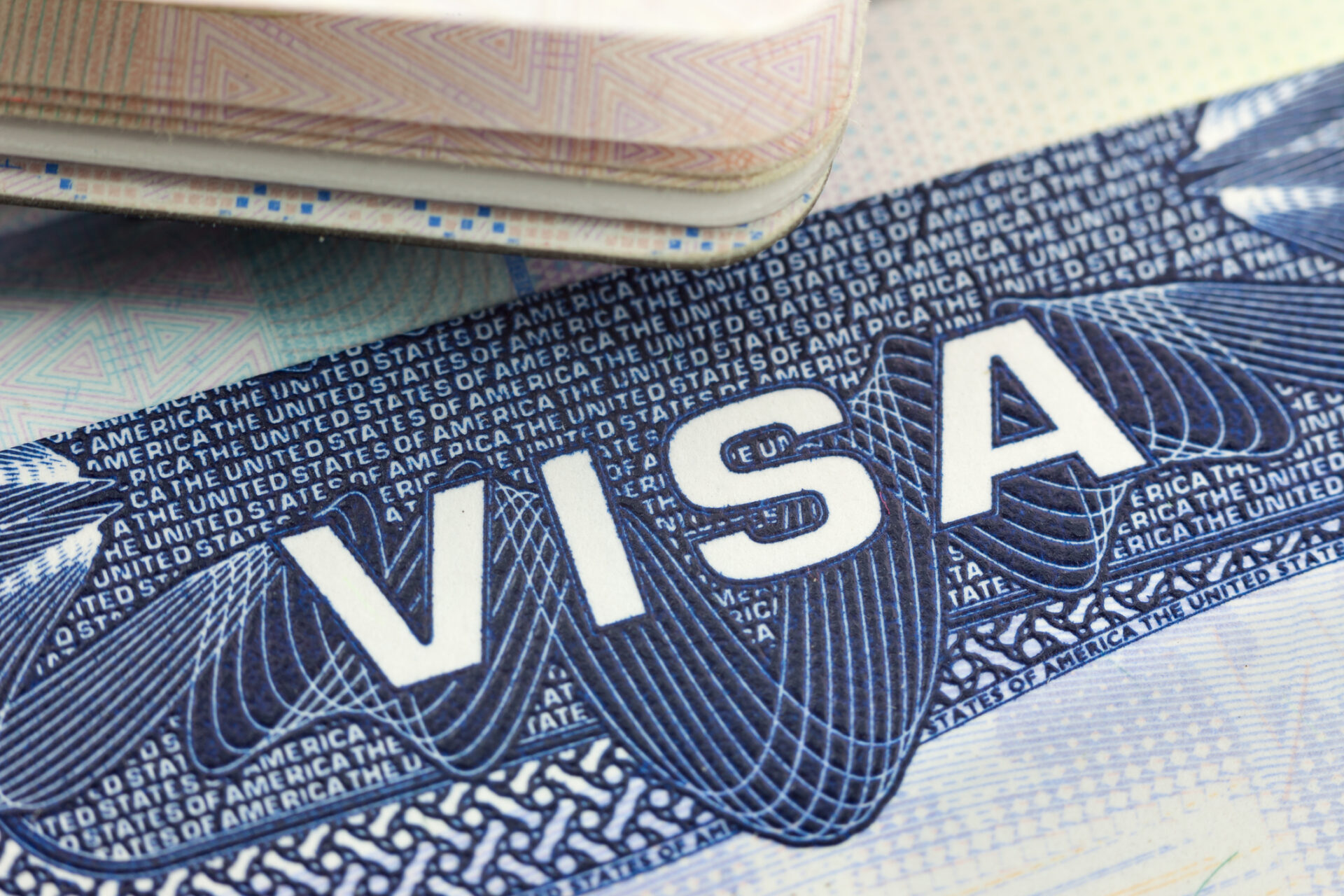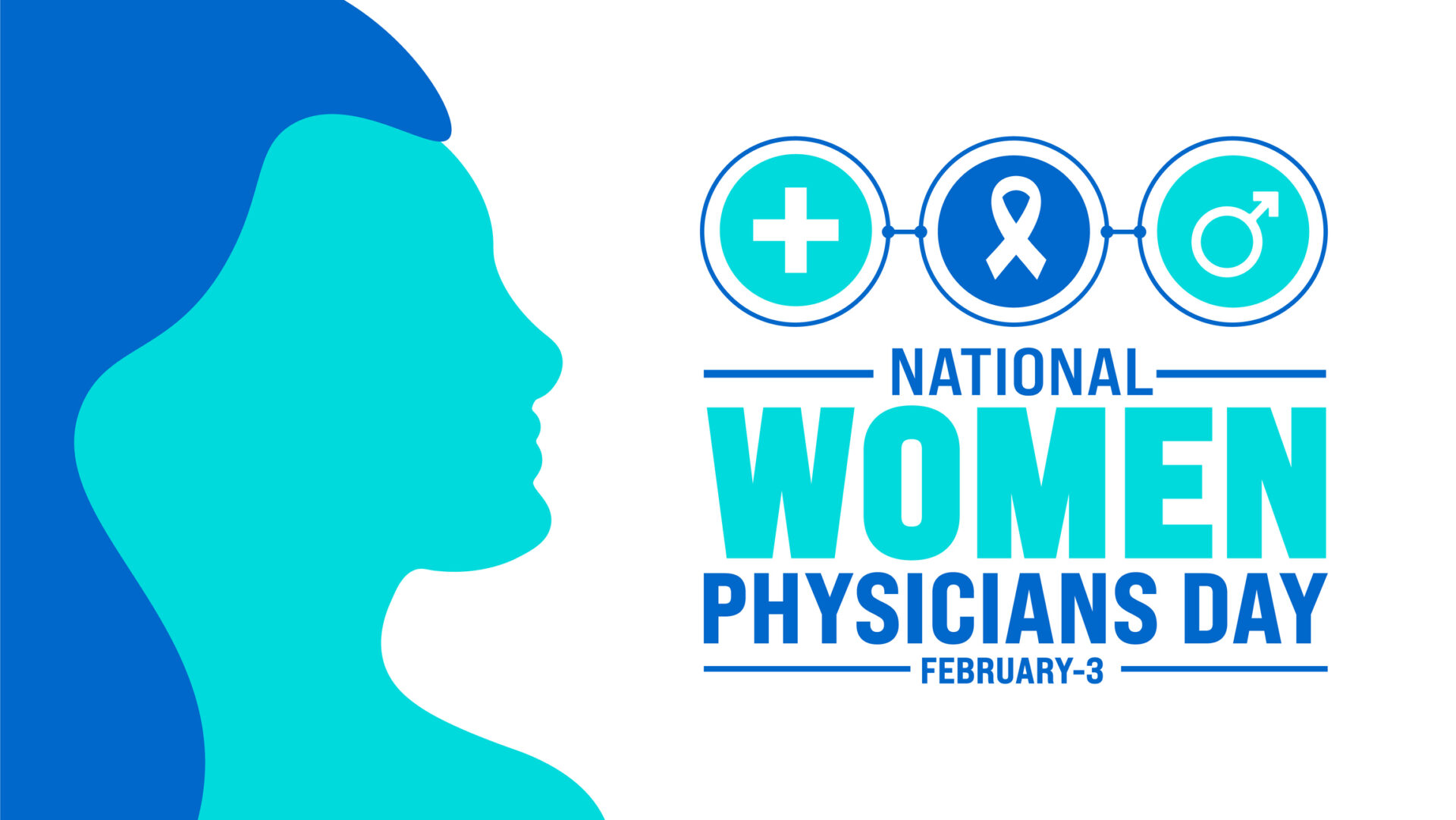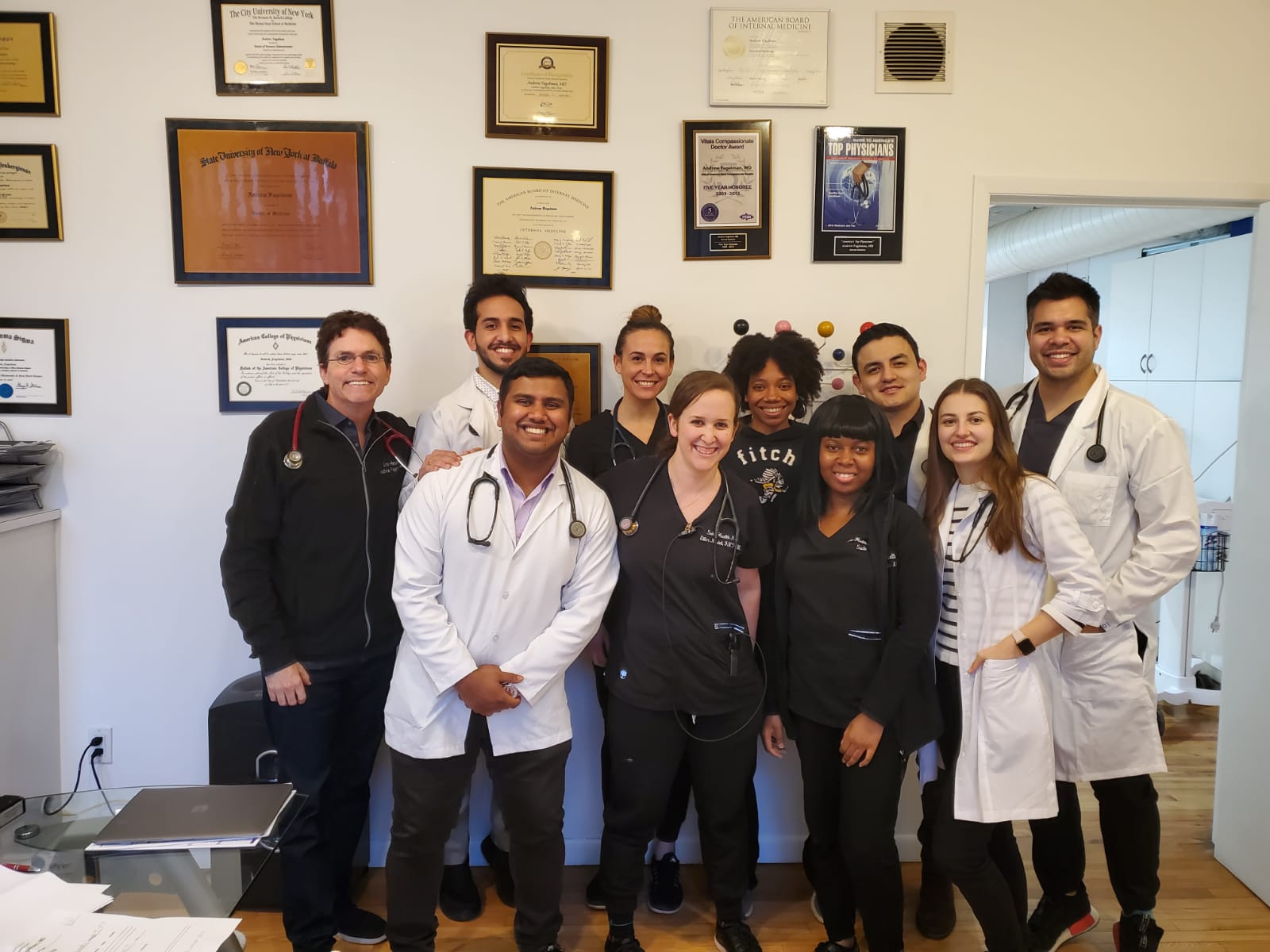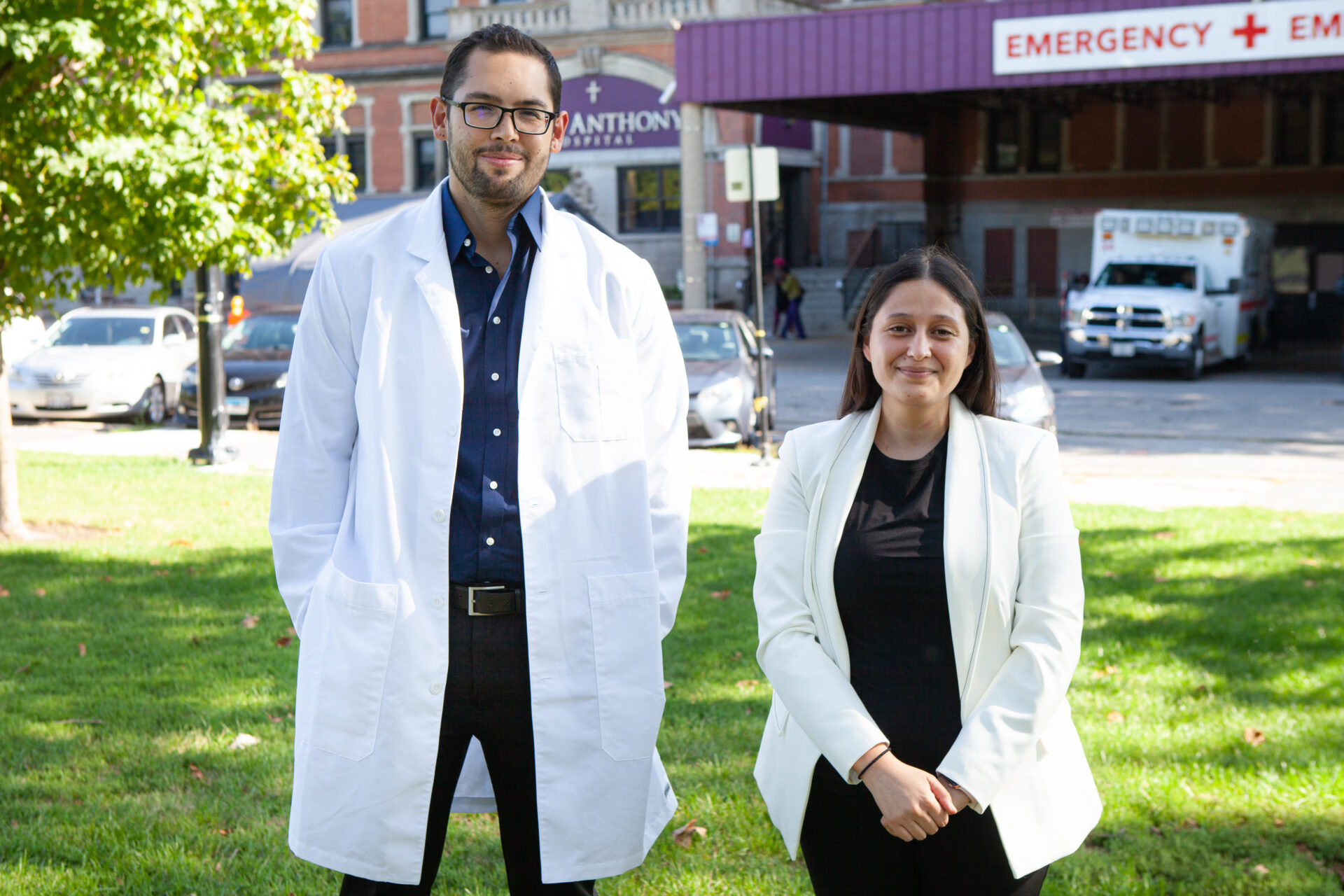In accordance with AMO’s attendance at the upcoming ChangeMedEd 2019 Conference, our blog will be covering various aspects of diversity in medical education. Part 1 of this series covered racial representation within U.S. medical schools. This post will cover how medical education has become increasing globalized and the effect it will have on the healthcare industry.
It is no secret that medical education as an industry is growing. With an ever-increasing human population comes a greater demand for healthcare. This requires larger physician numbers. With more schools opening their doors in many countries, the make up of the student body is changing. Studies have shown that more students are choosing to complete their medical educations in countries outside of those where they have citizenship. In fact, according to one study, the number of medical students studying internationally has quadrupled since 1975. Currently, there are just over 4 million international medical students.
So how exactly does this change the healthcare industry? In the past there was the fear that a more globalized medical education system meant talented graduates would move out of their home countries to practice elsewhere. This fear was built out of the overwhelming need for IMGs to remain in these countries, which usually lack proper healthcare and physician numbers. While this has been observed in the past, current research shows greater diversity in the distribution of medical students around the globe, with large numbers of individuals migrating to other areas such as Eastern Europe, China, and Russia.
Another trend—U.S. medical students moving out of the U.S. to obtain degrees in foreign countries. One reason for this could be the increasing popularity of partnerships and sister schools abroad. These institutions allow students to receive degrees from Ivy League schools, and other renowned institutions, oversees, giving students both a medical and cultural education experience.
With students obtaining degrees from such diverse geographic areas and institutions, a greater structure of accreditation and testing of graduates will need to be implemented. This will ensure quality healthcare in all areas. Testing aside, these new methods of education are allowing individuals to interact with those whose nationalities are different than their own. This creates a more diverse learning environment which could cross over into the future of healthcare.
Interested in reading about Socioeconomic Diversity in medical student populations? Check out Part 3 of our ‘Medical Education, Present and Future’ series.
Are you a medical professional in the U.S. interested in fostering equal representation in healthcare? If so, hosting a clinical rotation for international medical students and graduates through AMO, could be a great experience. To learn more about becoming a host click here.







Medical education is one of the most important thing that we need to understand about the future. You have given the information correctly and described it well. Subscribed your log.
[…] 1 and Part 2 of our ‘Medication Education Present and Future’ blog series focused on racial representation […]
[…] more information on how medical education is becoming diversified click here to read Part 2 of this […]